Traveling Boy’s Memory Lane Invites all writers to share their stories to the world. As long as websites in the internet are accessible, these stories will be your footprint of your life adventures. They may be happy, sad, playful, religious, political, narrative, poetic, etc. The more creative and the more honest, the better. Years … centuries from now, some alien ship will find this website and will wonder what mankind was all about. Your articles will answer a lot of their questions.
Written by guest writer Joanne Kawamura
Years ago I had asked mom to write down a few things about her growing up, because, well, I didn’t know. You’d think I would remember, but I really didn’t. While looking through some papers, I found pages she had written about her childhood. So, this is a compilation of my personal history and memories of Mom.
Mom was the third child born to Kuichi and Fumi Izumi on May 17, 1921. She had an older sister Kaneko (fondly known as Kay), an older brother Toshiro, a younger sister Mary and a younger brother Katsumi. She attended Mildred Walizard Grammar School, Richard Henry Dana Junior High School, and San Pedro High School — graduating class of summer 1939 with over 300 students (the largest graduating class of that time).
She wrote:
“Recollection of early years before kindergarten is very vague. We didn’t have many toys, but played jump rope, hop scotch, played with paper dolls and colored. Living in a small community, we all walked to school … there were very very few cars. Even bicycles were scarce. Everyday living was routine: Monday through Friday Grammar School and 3:30 to 5:00 in the afternoon was Japanese School. Saturday was a free day. Sunday was church and church activities in the afternoon. During rainy days, they hoped the mothers would bring them lunch. Then they would compare peanut butter sandwiches and whoa! — you were lucky if you got lunch meat.”
Going to Junior High School, they had to wear uniforms, a sailor Fu-ku (collar) with black pleated skirt. The school was located in San Pedro, and they had to ride the ferry boat and walk 2-3 miles to school. They couldn’t afford the 3 cents bus ride and only rode the bus on rainy days. High School uniform was a blue dress, and only on Wednesdays were they free to wear something different. The High School was located a few more blocks uphill from the Junior High.
Terminal Island had a population of about 3000 — all Japanese except for one Russian family. There were a lot of Italians, Slovenians, Filipinos that came to work on Terminal Island. Ba-chan (grandmother) didn’t want mom to work in the cannery except for those few days when she had to hold Ba-chan’s spot because when you miss a day, they won’t call you the next day. Mom said she had two jobs, one was putting an exact number of sardines in the can head to tail & tail to head. The other job she had was removing the liver from cod fish so they could make cod liver oil. Yeeesh!
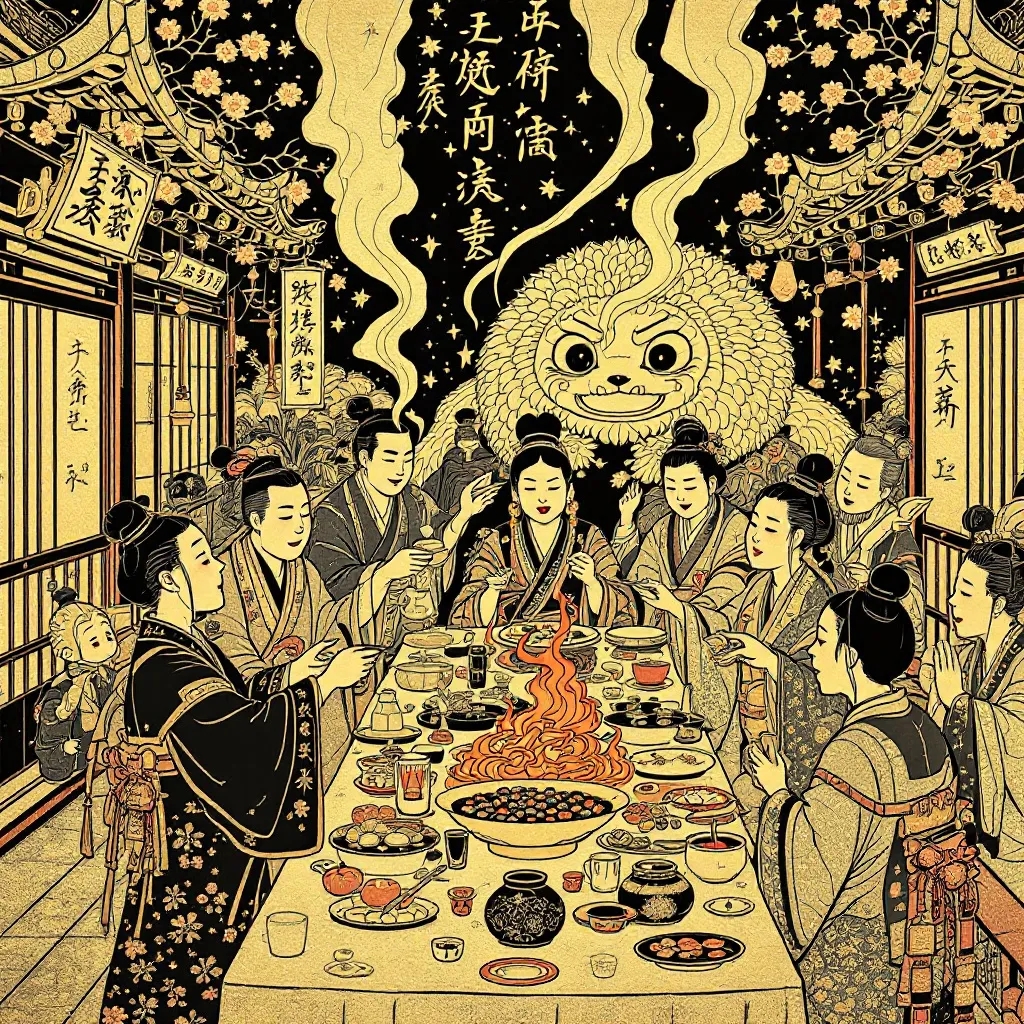
New Year’s Day was the biggest holiday. Each house had a go-chi-so (a luxurious meal or a feast). Even though they all made the same things, they would go around and visit and wish a Happy New Year and receive “hi-ne-ri” (“ingenious, twisted, creative”) money. Usually it was 25 cents — and that was a lot! After several houses, if they had enough, they would ride the ferry and go to the movies (either Cabrillo Theater or Warner Brothers theater). And on the Januray 2nd, if they had any leftover money, they would go to the Long Beach Pike, ride the roller coaster, merry-go-round, and played all the penny games.
Before the New Year’s celebration, they would have Mochitsuki (the Japanese New Year tradition of pounding steamed glutinous rice into a smooth, elastic dough to make mochi). Ba-chan would wash rice the day before and, by dawn, the rice was outside being steamed. After the rice was cooked, the pounding would start. Their neighbor, the Hayashi family, had 3 boys to help with the pounding. All the women would help shape them into mochi cakes or Kasane mochi for New Year. The last batch was pounded more finely so it could be spread out into a large box and later cut up to make senbei. When it was cut up, it was spread all over the house to dry and they had to watch and make sure there were no mold.
Growing up, Ba-chan sent both Mom and Mary to Ikebana (traditional Japanese art of flower arrangement) school. Mom said Mary made the most beautiful flower arrangements but Mom had no interest in that. Ba-chan also sent the two of them to piano lessons, Mary learned to play music while Mom learned how to play notes. I’m not sure who or when or where mom learned how to sew, but that’s where she really excelled in.
After graduating from High School, Mom enrolled at Frank Wiggins (now known as LA Trade Tech). She was going to take up tailoring and dressmaking, but the war broke out and she never attended a single class.

The Izumi family was interned at Gila River where she acted as a nurse’s aide. She earned $15 a month, and saved every penny of it. While in Internment Camp, she learned tailoring from the ladies group. When the war ended she ventured to New York. A girlfriend had already relocated there and it was convenient for Mom to room with her. Mom found a job as a dressmaker. There she made a gown for Dorothy Lamour — her prized masterpiece. It was a beige satin evening gown with bound button holes from neck to floor. Mom told me that it was the most difficult garment she had ever made. All the button holes came out perfect, all identical and no mistakes. I forget how many she made, but I am guessing about 30-35 of them.
It was there in New York she rekindled her friendship with Dad (in 1947) on a blind date. My parents had met on Terminal Island, but because Dad was a Kibei (a person of Japanese descent, born in the United States but educated primarily in Japan) and mom a Nisei (a person born in the US or Canada whose parents were immigrants from Japan) their social circles were different. Dad was too poor to get married at that time so he went to chick (as in baby chicken) sexing school (ie. identifying the gender of a chick).
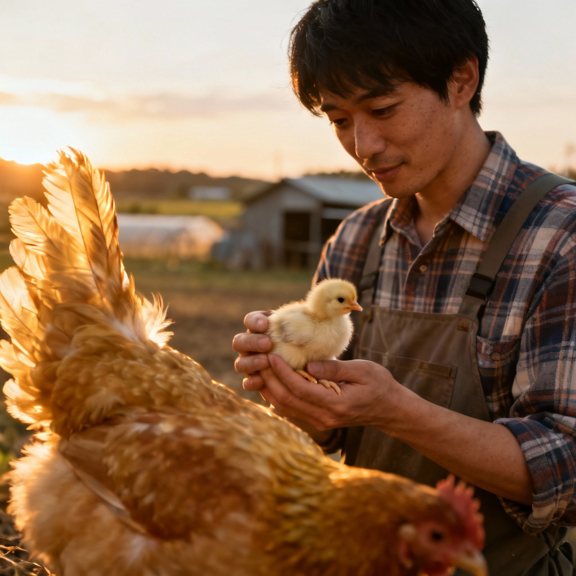
(Younger sister) Mary joined Mom in New York and after a while the two of them left together to return to Los Angeles. Mom & Dad married on Labor Day weekend, 1950 in a house on 11th Avenue. After the wedding, they journeyed to Chicago. By this time, Dad was an established chick sexor. Since chick sexing was seasonal work, they went back and forth from Chicago to Fremont Nebraska, Los Angeles and back. I was born in Chicago and this routine continued until I was 7. We moved to Gadsen Alabama, and I thought we were staying there as all their belongings that was stored at 11th Ave was shipped out to us. Dad’s work didn’t turn out as he thought, so at my completion of 2nd grade, we moved back to Chicago. Then the decision was made not to take me out of school mid year.
Dad would be away for 4 months, and it would be just mom and me. We’d go grocery shopping, pulling one of those wire carts, and once in a while (on the weekends), take a walk to the local department store or ride the subway to walk down State Street. We’d walk side by side and sometimes hand in hand. We played this “bread and butter” game. Anytime you are separated from your partner (via telephone pole or whatever), one would call out “bread and butter” and the other would answer “cup and saucer.” Mom was fast, she always said “bread and butter” first. Mom would walk me to school everyday before she caught the bus to go her part-time job. She worked as a receptionist/bookkeeper for an automation/machinery shop. She’d called me every day after school to make sure I got home safely (I was an original latchkey kid).
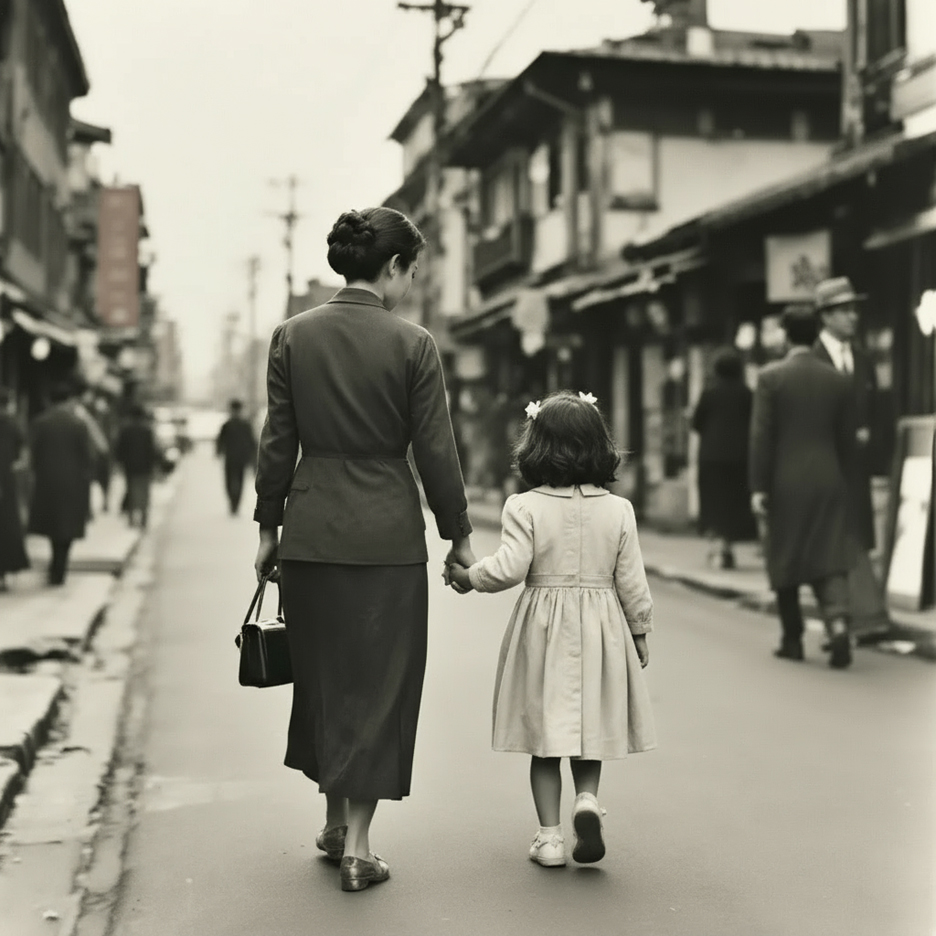
Growing up, I remember mom was pretty frugal. She made all my school dresses. I used to dread the first day of school, because unlike all the other kids, I never had a new dress on the first day. Until her dying day, she believed that if your clothes were clean and pressed, no one would notice. Besides that, I never had new notebooks nor pencils. But what I dreaded the most, I had no new crayons. I, or rather she (or Dad) sharpened all of them and put them in the box for me. When I was about 9 years old, mom bought me this black book with lined pages. It was to keep track of money: where I got it and where I spent it. Periodically mom would ask me if I was keeping track of my pennies, and I would say yes for fear she would check that book.
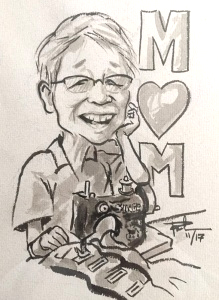
In 1965, Dad quit chick sexing. He worked at the same place as mom during those months he wasn’t gone. But Dad loved San Francisco, and in early 1968 he left Chicago and drove to San Francisco. He found a job and an apartment so mom packed us up, and we moved to San Francisco in the middle of the school year. The economy changed and Dad found himself in Los Angeles. By this time, college applications were in, the request to skip half my senior year was completed, and Dad was in San Francisco again and I was in LA. They stayed in the Bay area until the year 2000, and moved down to Hacienda Heights.
While in San Francisco, Mom worked at Canned Foods (now known as Grocery Outlet). She was a general office worker and bookkeeper and ran the “office.” She worked there 24 years. She never lost her hand at sewing, as she continued to sew her own blouses, skirts and dresses.
Through all 65 years of marriage of Mom packing and unpacking (they moved 22 times), Mom never complained (neither of the moves nor living conditions) and always made the best of things. She rarely said anything negative. The only negative thing I can recall is when she gazed out of her kitchen window and saw people walking their dogs. She said, “I don’t know why they carry those plastic bags. I’ve never seen anyone use them. Why do they spoil the scenery for others?”
Mom was a perfectionist in everything she did and lived by this rule: “how you do anything, is how you do everything.” From cutting gobo for New Years go-chi-so (all the pieces were identical), to sewing, to her basting stitches (which were works of art) — she did them all with perfection.
She also liked to bake. Sometimes I would give her recipes or even prepare the cookie dough in advance, but then have her bake them for me. Her cookies were beautiful — same size, shape and color. A few times, I wondered why there were some batches that didn’t yield the quantity I had expected. It was only in later years I figured that she ate all the evidence.
After Dad passed away in Jan 2016, it was Mom and me again. I visited her daily, brought her up to our place and shared dinner together. My husband Sam and I took her just about everywhere we went, several times to Kauai, to Las Vegas, to try different restaurants, or just go for a ride.
In her last few months, Mom accumulated fluid in her lungs so we had to drain the fluid regularly. When her breathing became difficult, she was put on oxygen. In mid-March, she fell and broke her hip. The hip surgery went well and she was able to walk, but Mom succumbed to the fluid accumulation when breathing became too much for her body to handle.
I miss her but I know she is in a better place. She left behind many unfinished sewing projects, and new cookie recipes to try. I look forward to the day I can say “bread and butter” and hear her answer “cup and saucer.”
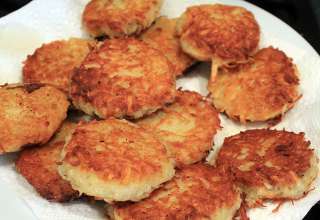
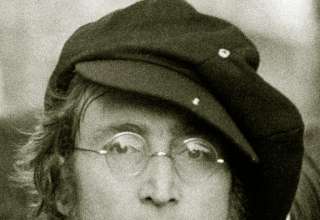
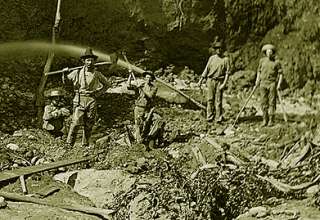
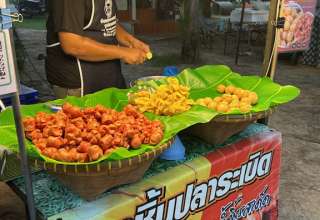
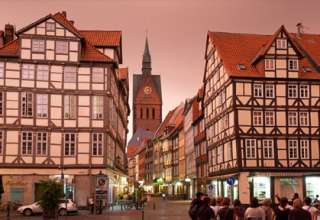

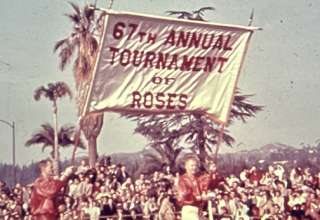
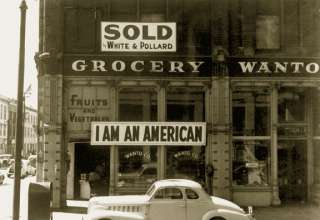



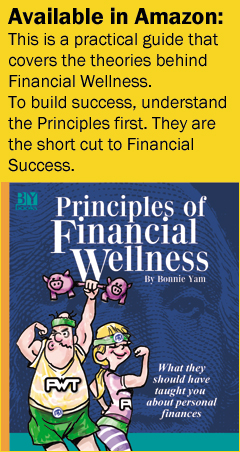
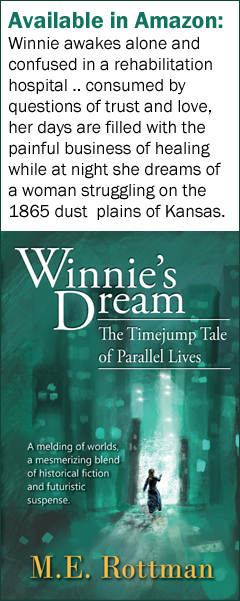
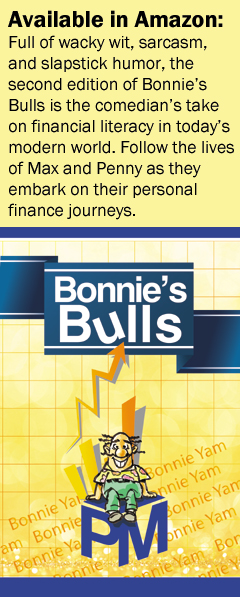












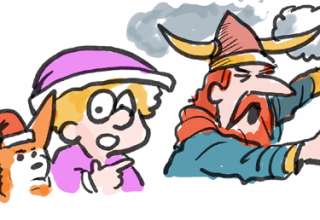










Robert
November 3, 2025 at 11:32 pm
A beautiful story Joanne. I can totally relate to your relationship with your Mom. I used to go to the shopping centers (no malls yet during those times) and I was always there to protect her. I was also useful carrying bags of stuff she bought. We had only one car then which my Dad used so we took the public transportation. We walked a lot. I’m sure you miss her as much as I miss my own Mom.
Thanks so much for sharing.
Candace
November 3, 2025 at 11:34 pm
I can imagine the loneliness being an only child and moving from place to place and never developing any true friends.
Those were tough times.
I love the narrative.